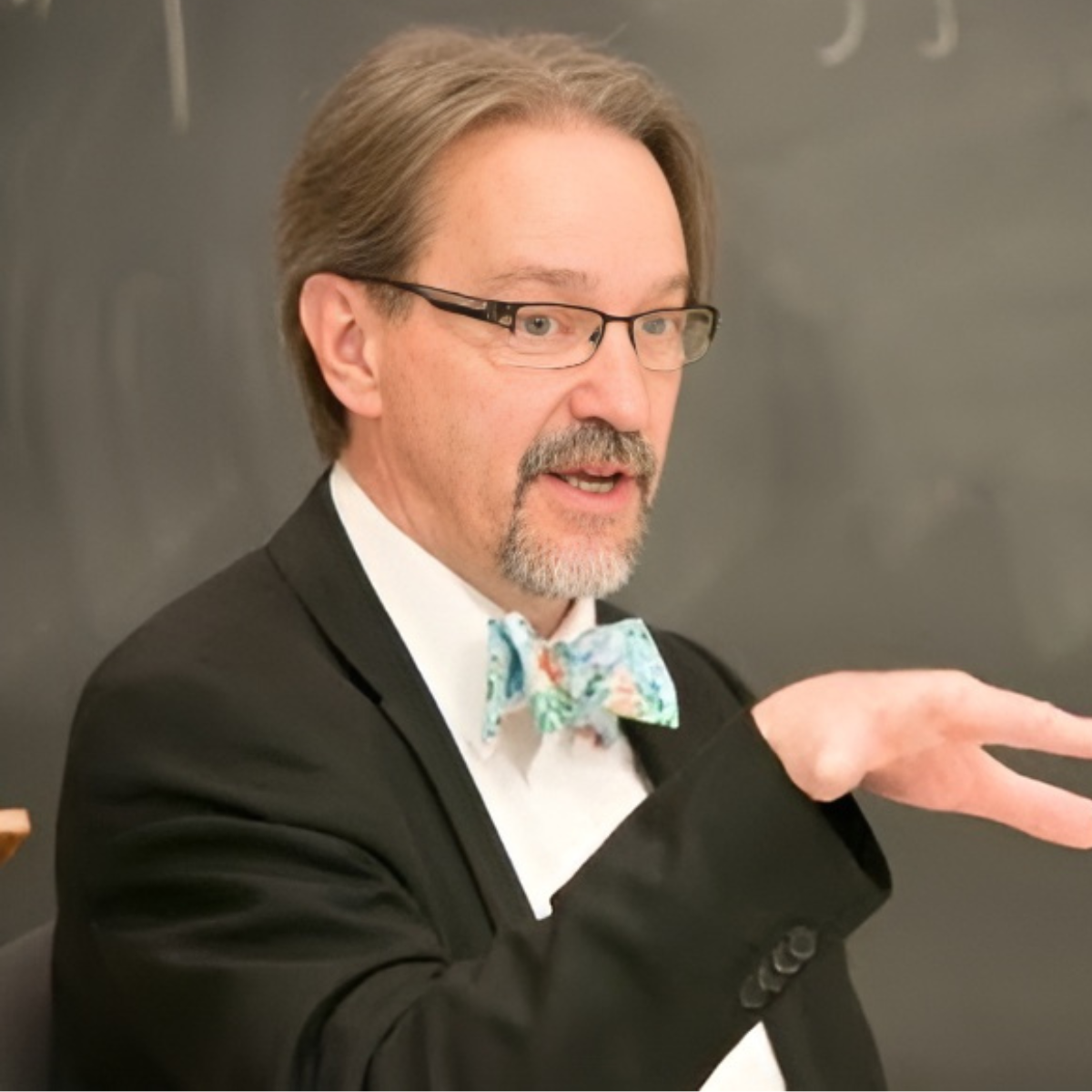Commentary on Luke 13:31-35
The first thing to understand is that Jerusalem was the center of the world. The center of the world was in the Temple, which was in Jerusalem, and the precise center was the Holy of Holies. If something is holy, it is uncanny; it takes your breath away. Things that are holy, to echo Rudolf Otto, are “wholly other.” Or even “Wholly Other.”
And that fits the Holy of Holies well. In the middle of a city full of clamor, the Holy of Holies was a dim, quiet place. Empty. Silent. The Holy of Holies (as sketched by Shaye Cohen) was the place where God’s finger touched the wild, chaotic world and held it still. It was a place that stood silent and empty through the year, except for the rare occasion on which a designated priest would enter the Holy of Holies (Yom Kippur), because a place of such catastrophic importance was not to be trifled with.
According to some ancient texts, the priest would enter that Wholly Other space, carry out ritual acts to bring the world back into balance, and then emerge and speak the Divine Name to the waiting crowd. According to the rabbis, the unpronounceable Divine Name is linked to the mercy attribute of God, as well as to the word God spoke to create the world. So that would imply that when the priest emerged from the Holy of Holies, he would recreate the world by naming the God Whose Name Is Mercy.
In the middle of the clamor of Jerusalem, this juxtaposition of quiet and clamor is essential to this scene.
This juxtaposition leads to the second thing to watch for: the way Jesus speaks about Jerusalem. Jerusalem kills the prophets. That is not all that Jerusalem does, but Christians who only know Jerusalem from church might not know that. They may well imagine that Jesus is setting up a basic conflict between a religion centered on Jerusalem and one centered on the Messiah; between organized, formalized, entrenched religion and the freedom of the Christian. They may even imagine that this way of understanding saves them from anti-Semitic or anti-Judaic interpretation.
I hear in this a theology that remakes Jesus into a modern Christian, one who is not tied to a place, to a Temple, or to a priesthood whose job it was to bring the world back into balance. But in Luke’s story, Jesus comes from a family that goes up to Jerusalem for the pilgrimage festivals every year, “as usual.” Unless you remember and honor the sacredness of the place for Jesus, his words sound like a typical, spiritual, religious rejection of what 19th-century German scholarship often called “spaetjudaismos”: “late Judaism.” The 20th century showed us how such a theology turns out.
Remember that Jesus is not like you. He is a Jew of the first century, and Jerusalem is, for him, the center of the world. When he says, “Jerusalem, Jerusalem,” he is grieving for a city that he loves. When Luke gives him this line to speak in the story as it now stands, Luke is grieving for the city that was destroyed in 70 CE when Rome crushed the First Jewish Revolt. Century is overlaid with other centuries, era with era, and the history of the city to which Jesus is headed in Luke’s story is complex. That complexity can be felt in the tangled juxtapositions of this scene.
And finally, watch out for the Pharisees, not because they are representatives of a rejected formalized religion, but because the Pharisees in this scene are protecting Jesus. “Look out,” they warn, “Herod is planning to kill you.”
Interpreters sometimes imagine that they knew this because they were in the room when Herod was hatching the assassination plot. They were not. The Pharisees were not (at least not in the main) collaborators with Rome or with Roman stooges like Herod. The Sadducees collaborated, certainly because Rome forced them to, and also surely because it was to their economic advantage to do so. But not the Pharisees. They generally held themselves separate from Roman culture. They extended the holiness of the Holy of Holies to even Jewish dinner tables because they recognized the danger posed by Roman chaos and violence.
And they warn Jesus about Herod. Jesus probably does not really need to be warned. He already knows that Herod is a fox, a sneaking predator. But their act of protection is an act of allyship, and forgetting that leads to a serious misunderstanding of the complexity of this scene and of Luke’s entire story.
At the beginning of the story, John the Baptist finds observant Jews everywhere he looks: Even soldiers and tax collectors come out to join his movement to prepare for the world to be turned right-side-up. Jesus is shown by Luke to have the same experience. Zacchaeus already gives half of his income to the poor. And at the end of the story Jesus is murdered between two bandits. In Mark’s story, both bandits ridicule him. In Luke’s story one of them honors him. And the centurion in charge of the murder declares him innocent. And in the scene for this Sunday, Pharisees emerge as allies and protectors of the Messiah.
“After you go,” says Jesus, “tell that fox I’m a little busy right now.” The scene plays best if the allies laugh. “Okay, we’ll do that very thing,” they say, “as soon as we see Old Foxy Pants. Which will be, ummm, never.”
When Jesus then laments over the fall of Jerusalem, the allies join him. The Pharisees loved the city at the center of the world as much as Jesus did, and they hated what Rome and the collaborationist Sadducees had made of it. They seem to have been listening at the beginning of chapter 13 when Jesus talked about Pilate’s murder of some Galileans, mingling their blood with their sacrifices.
The Messiah has more allies than you might imagine. So do you. Recognizing that is how you prepare to welcome the one coming in the Name of the God Whose Name Is Mercy.


March 16, 2025